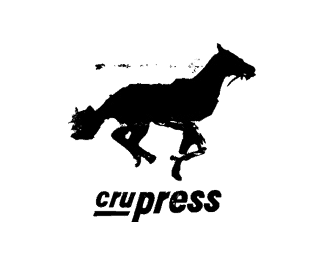I love reading articles together as a staff team. There are few better ways to align your team and learn to speak the same language.
They’re short and to the point (at least the good ones are!).
And the articles can be the bad guy- they can speak authoritatively on a topic and staff don’t hear “my director is trying to get us to _____ (share our faith more, do more work)” they hear “that author who is infinitely wise is saying that we should ______”.
Whether your senior staff are reading these ideas for the 10th time or it’s a new staff reading it for the first, foundational ideas need to be over-communicated repeatedly.
It doesn’t always have to be articles, I’ll often print up a bog post (even my own!) to read with our team.
 Here are some of the staple articles (all found on CruPressGreen)Â that have shaped our team (and that we’ll likely be re-reading this fall):
Here are some of the staple articles (all found on CruPressGreen)Â that have shaped our team (and that we’ll likely be re-reading this fall):
- The First Two Weeks— our team reads this every year in preparing for the fall. Really short and to the point. Sets your team’s expectations for the first weeks (16 hour work days!):
- Gathering Christians, reaching non-Christians…or both?
- What to do on appointments
- What to do with returning students
- Building Movements on a Staffed Campus — this article has shaped our movement more than any other. Jim Sylvester shares his considerable wisdom in what it takes to build a thriving movement. An abridged version of Jim Sylvester’s epic source material on how to do College Ministry. Principles God Honors, the original, is 134 pages of wisdom on how to build a movement that will reach an entire campus with the gospel. Building Movements on a Staffed Campus is 8 pages and a great introduction to this phenomenal material.
- Two shorter adaptions of Jim’s wisdom:
- Going from 20 to 200Â — Bob Fuh’s shorter and easier to read version of Jim’s principles. 5 principles to grow a small ministry into a thriving movement. This one might be better to read with your team or students than Jim’s.
- Brian McCollister offers a slightly different take on the same principles here.
- Two shorter adaptions of Jim’s wisdom:
- Hearing the Music Of the Gospel — a longer article but so good. Are you carried along by the rhythm of God’s Spirit through his Word or doing the mechanical dance steps of behavioral change? This is a good one to have your team read over an hour of time with God and then come back and discuss as a team.
- Empowering Staff thru Staff Jobs— great wisdom from Eric Swanson on empowering staff to lead as directors. This fall we just quoted from this article and used the ideas as we communicated to our team on staff jobs — but a great read for team leaders.
- “Each job is “director level” in that the other staff are subordinate to him or her in this area.”
- “Each job is “owned” by the staff in charge and is autonomous in its responsibility. If the staff does not carry it out or motivate others to do so, it simply doesn’t get done. No one bails him or her out.”
- Each staff is expected to be an “expert” in his/her job. He needs to read books, articles, magazines, listen to talks, and interact with other staff from other campus to develop expertise. He or she becomes a resource for the other staff in their area of expertise. You and the other staff may be purposefully ignorant: “I don’t know, but Rabs is the expert in that area.”



